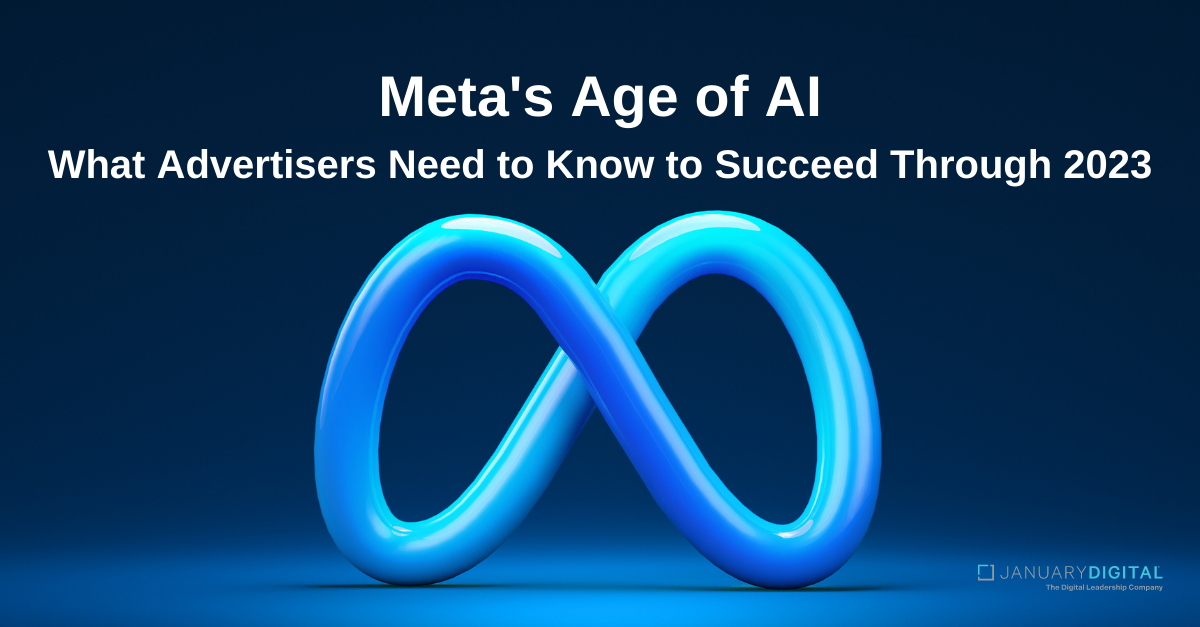We attended the Business of Fashion's Masterclass - The State of Fashion: Beauty where BoF’s Executive Editor of The Business of Beauty Priya Rao and McKinsey & Company’s senior partner Kristi Weaver explored findings from the report and shared their insights on how beauty players from around the world can arm themselves for success in the years ahead.
This is the first of a series of reports they will be releasing specific to the beauty/skincare market all focused on the following goals:
- Uncover disruptive forces that are shaping the industry
- Assess and forecast industry performance
- Identify core themes that are expected to carry through to 2027
The beauty experts on our team, many of whom have beauty brand-side experience, have summarized the content as well as the key points for leaders in the beauty space.
The New Growth Map
- Beauty is seeing an incredibly high growth rate compared to the retail category, with skincare as the greatest contributor driving roughly 50% of growth.
- China has been a leader in the prestige beauty market, but foreign brands will struggle to expand their due to structure.
- The US will be the main driver of growth for Global beauty companies, gaining importance as a priority market. US beauty market is forecasted to be worth $100Bn by 2027.
- India is rapidly growing in economic value to the beauty market. Over the last 5 years they have seen 5x growth of online penetration for beauty goods.
- Extremely high income in the middle east is growing this region’s importance and growth contribution to the beauty industry. Prestige beauty in particular is an opportunity here as it is growing at 2x the rate of mass beauty. Skincare and fragrance are the specific growth drivers.
The Lines between Beauty and Wellness have Blurred
- Beauty and wellness are becoming synonymous, especially with the younger generations. Looking good means feeling good as well as maintaining overall health.
- 70% of beauty consumers agree that ‘beauty goes beyond products - it’s about your diet, exercise and wellness’.
- US is the largest market for wellness goods with brands increasingly targeting wellness-related demand to market beauty products.
Gen Z is the Most Important Generation to the Beauty Industry
- This generation has outsized potential to drive growth for the beauty industry due to differences in their decision making process.
- Lower levels of loyalty drives an increased desire to test new brands at a greater frequency, translating into greater buying power.
- Decision making is more swayed by influencers and online content than any other generation. In-store consultants and the like are much less impactful.
Very Few Brands are Actually Able to Scale
- Increased competition and saturation are limiting most brands from scaling revenue successfully.
- Out of 46 brand that achieve $50M - $250M in sales in 2017, just 5 of them achieved $250M+ in sales in the following 5 years.
- Just 4 brands were able to achieve more than $400M in sales by 2022. Two of those being Fenty and The Ordinary.
- Sales channel and geographic expansion have been the major drivers of growth for successful brands mentioned.
Mergers & Acquisitions Remain High in the Beauty Industry
- High focus on new and upcoming challenger brands that are rapidly growing
- There were 175 M&A deals in the beauty space in 2022, the same volume as what was seen in 2019
- While deal volume is the same, average deal value in 2022 was $107M, down significantly from $247M in 2019.
Luxury Beauty is the Biggest Opportunity
- Luxury beauty market is poised to double in size by 2027 at roughly 20% YoY growth annually.
- To date, luxury has not fully claimed it’s fair share of the beauty market compared to other industries.
- In beauty, luxury represents about 5% of sales compared to 10% in apparel and 8% in alcohol & spirits.
- High Net Worth Individuals are a massive whitespace for ultra-luxury with 80% of HNWI’s residing in the US, China, Europe and the UK.
Other trends discussed in Q&A:
- Brands that stick to their core values and products have experiences larger growth than those that try to constantly innovate through proliferation of SKUs.
- Legacy brands/conglomerates are struggling to fight off the rapid growth of new brands, driving the large volume of M&A’s.
- Digital, ecommerce, influencers and performance marketing have all been the largest areas of investment by newer brands as a means to reach the younger generation. While legacy brands are not doing this as much directly, they are doing so indirectly via M&A’s.
- GenZ are prices conscious, but much more value conscious. They want to make sure they’re getting their money’s worth. They’re willing to pay for a product that is effective, but not just for a brand name.
- Ai will power innovation more rapidly in beauty, and particularly in skincare as a means to fuel research and development for new ingredients.
- Big legacy brands will benefit massively from large stores of customer data as generative AI begins to play a greater role.




